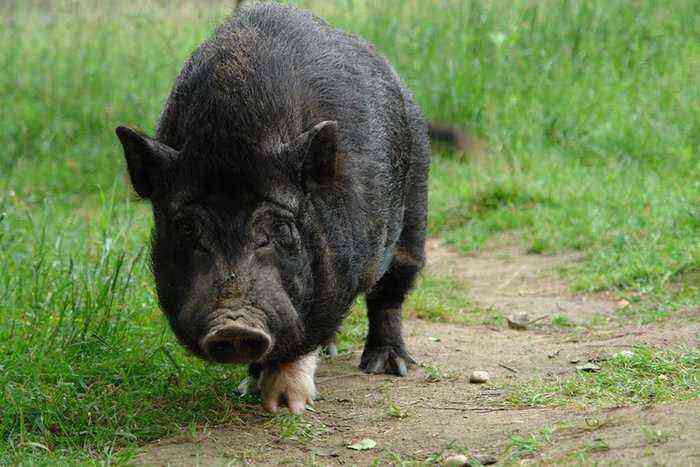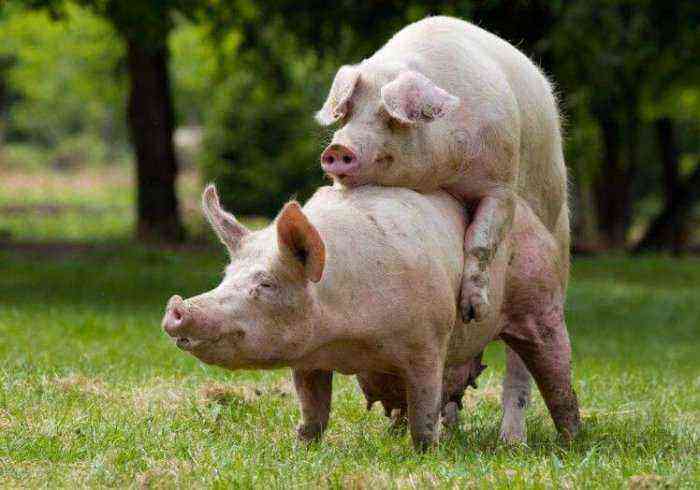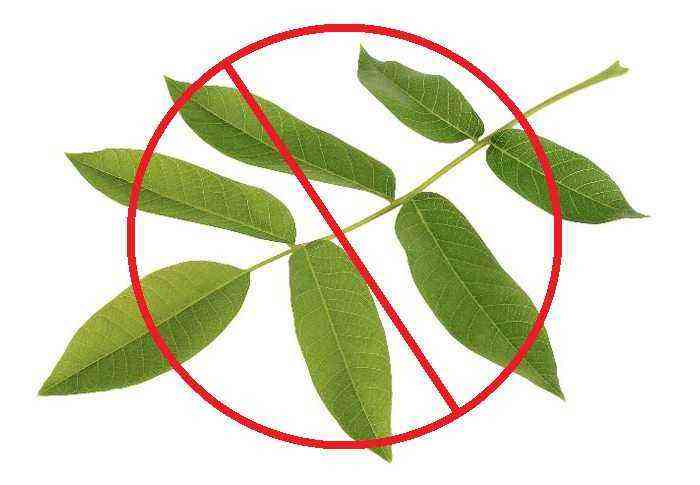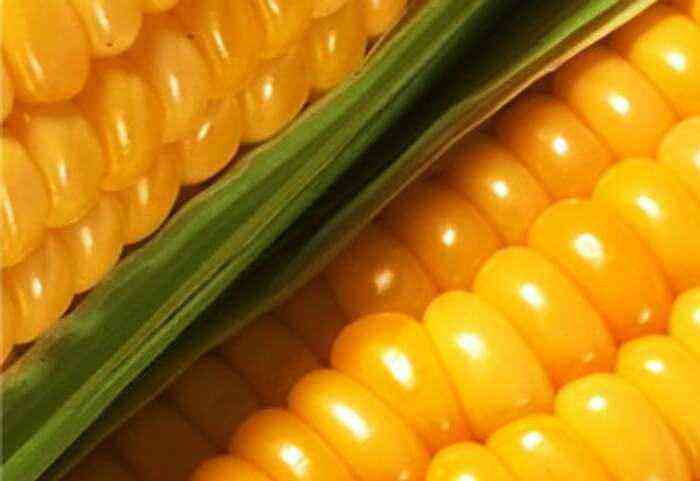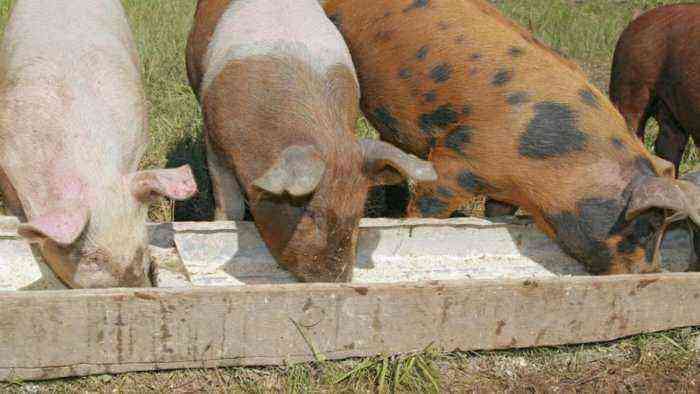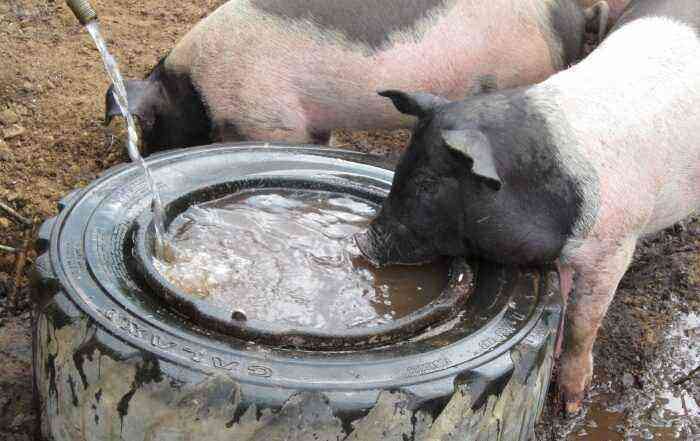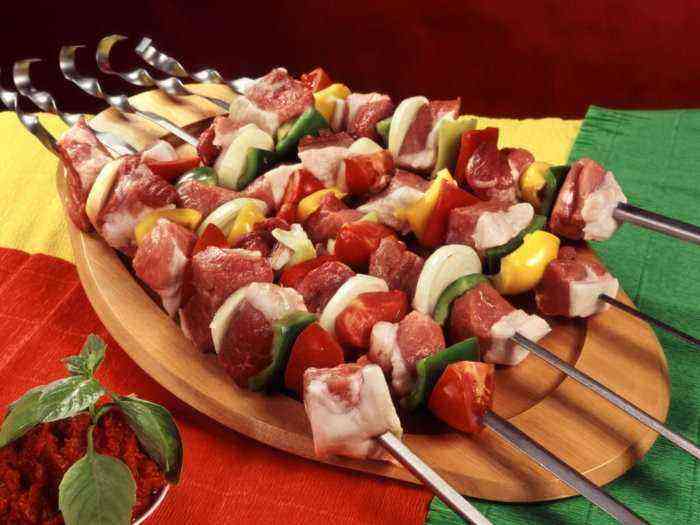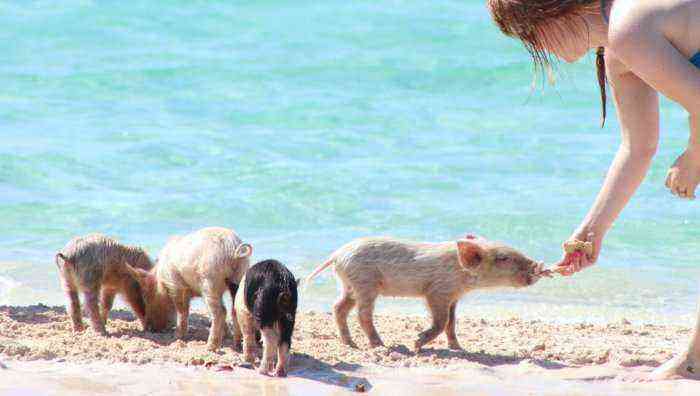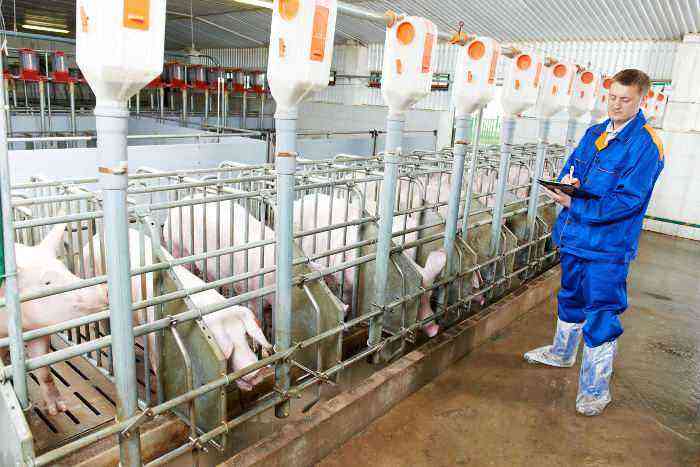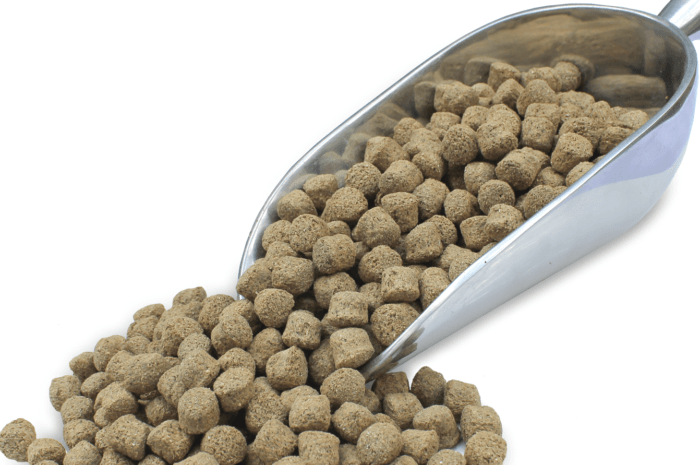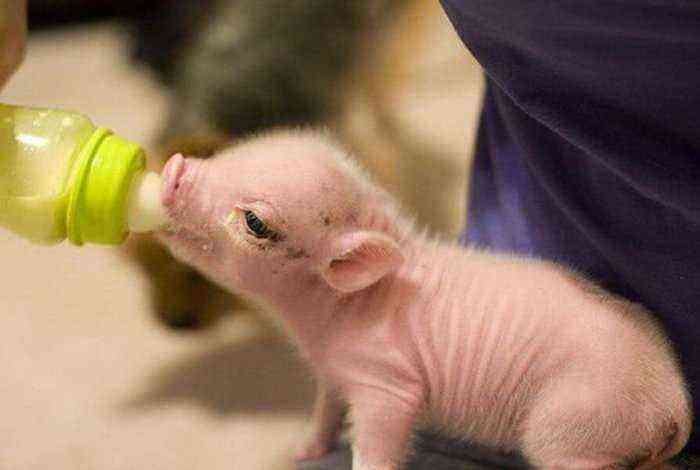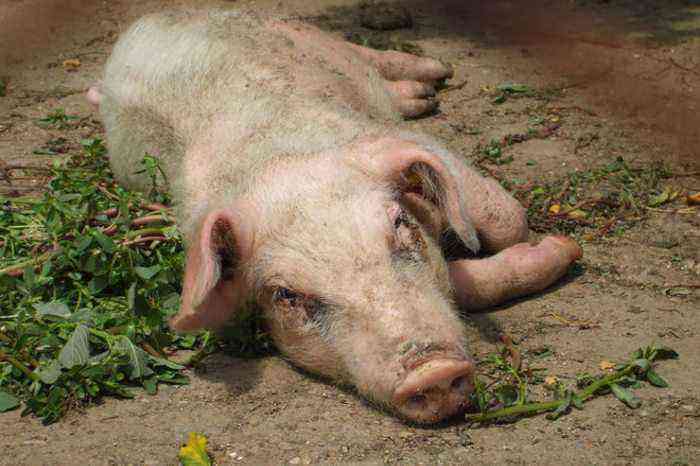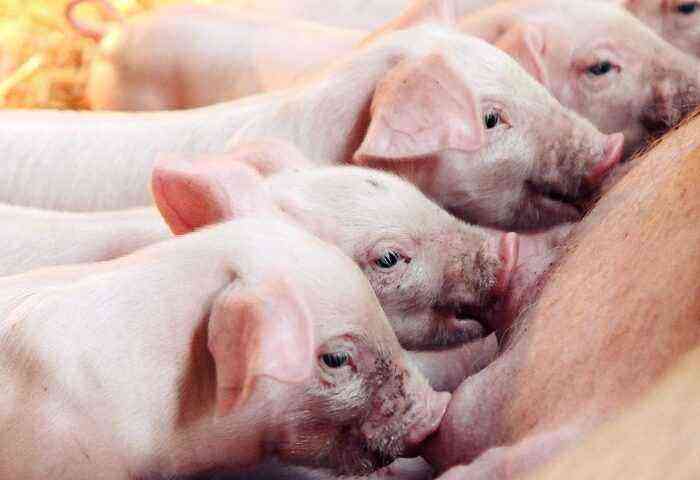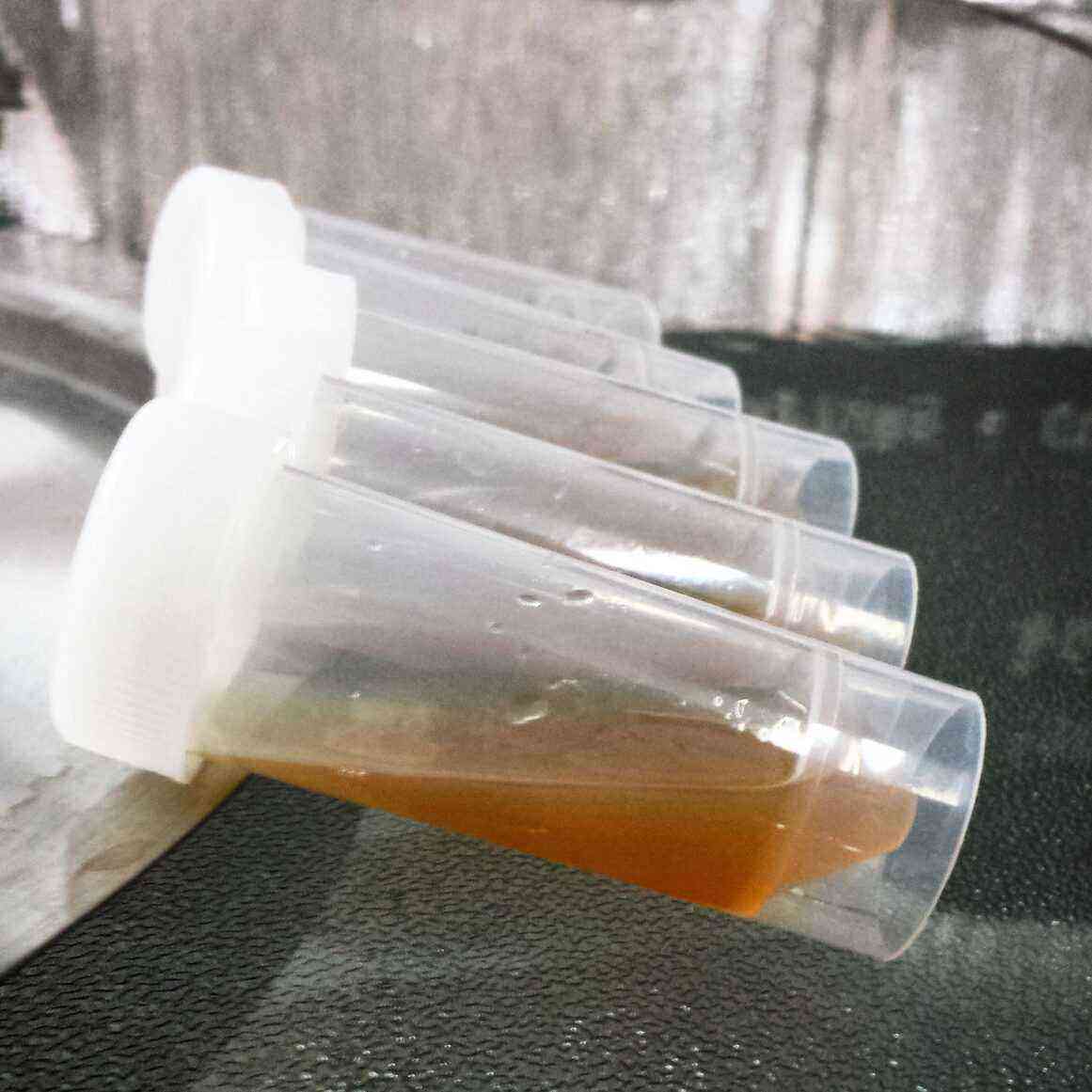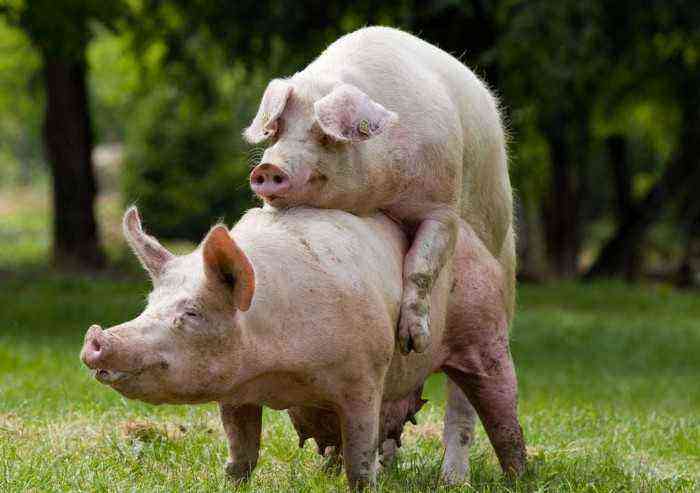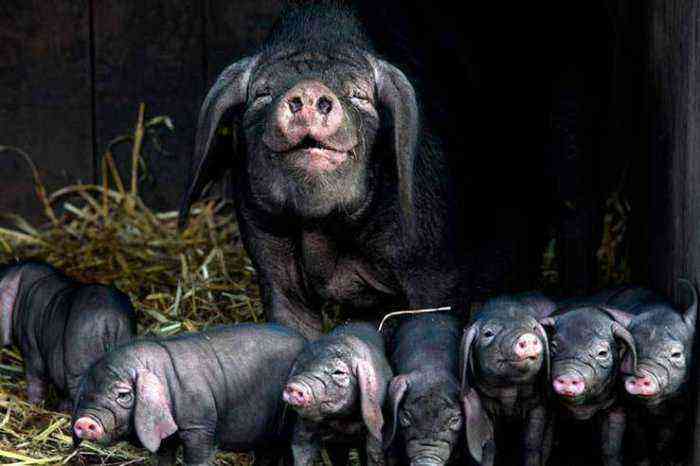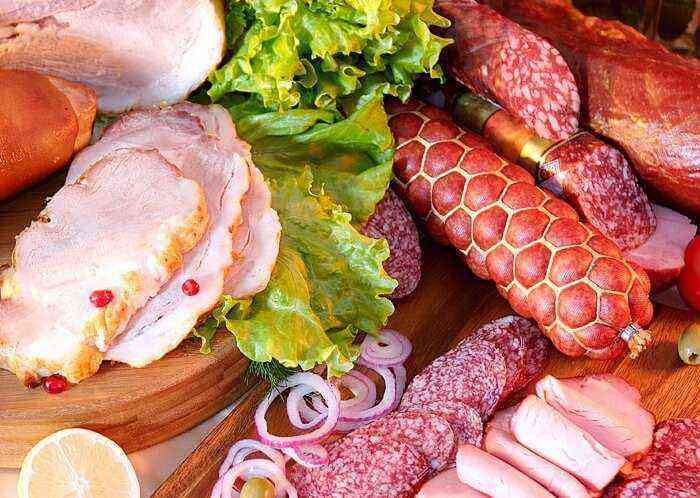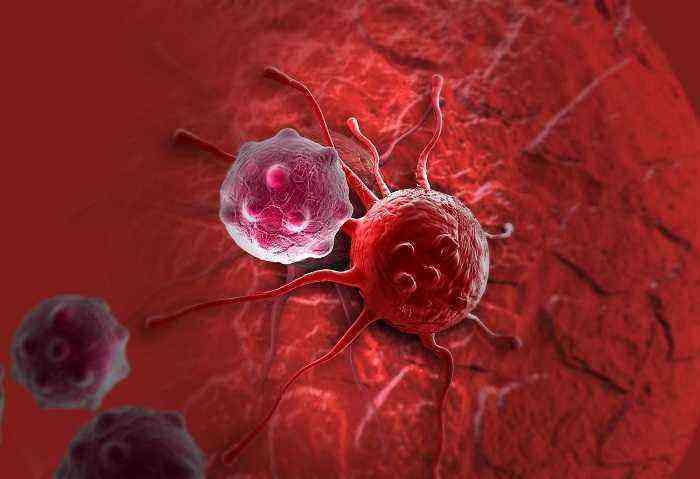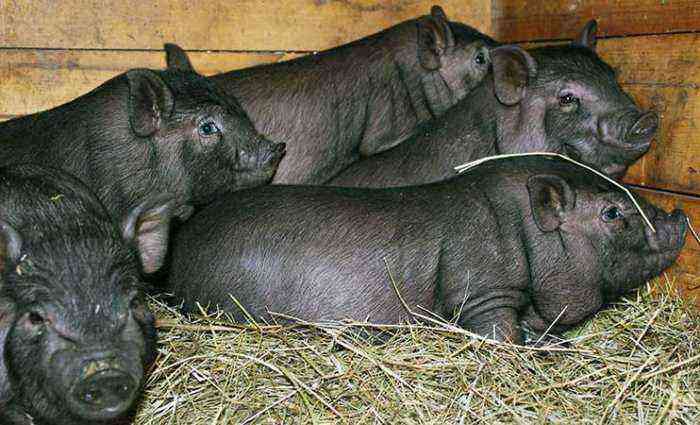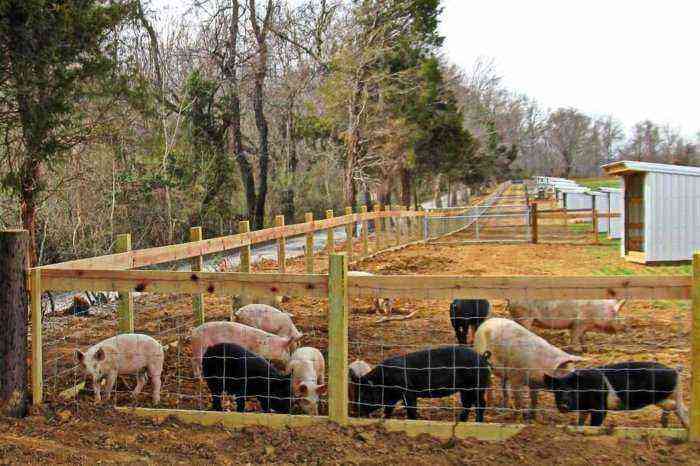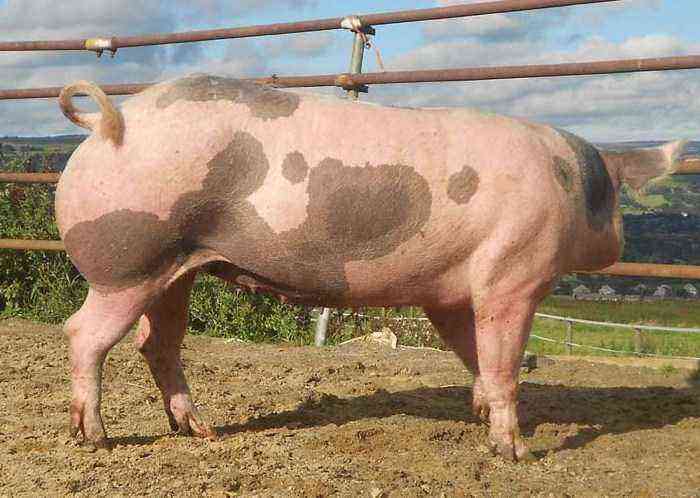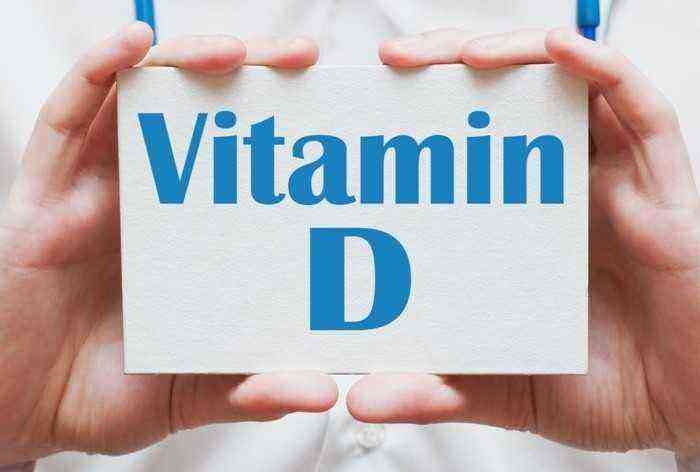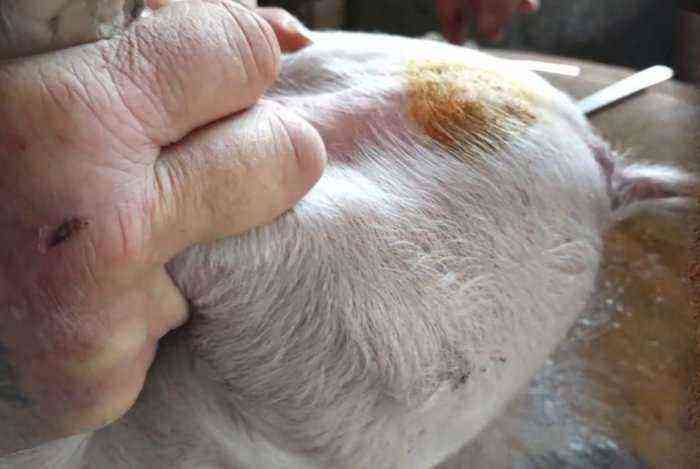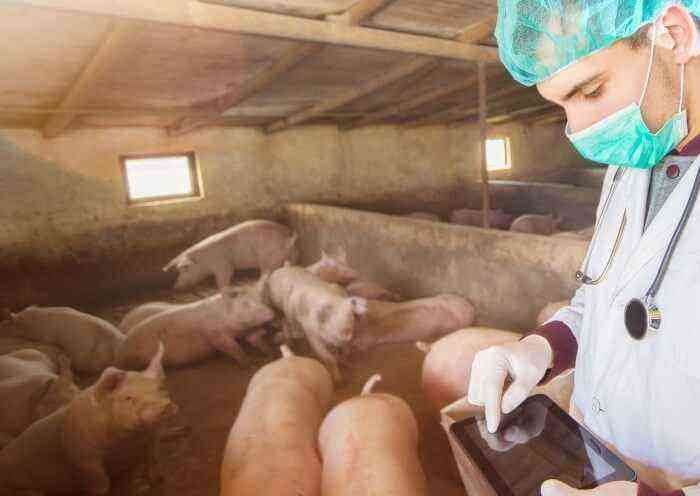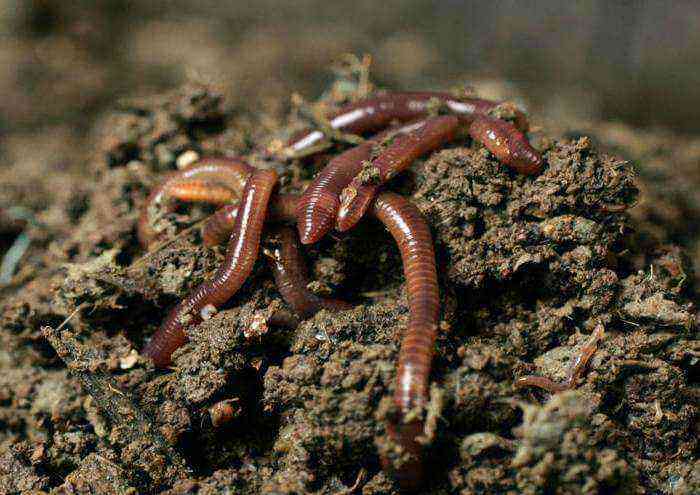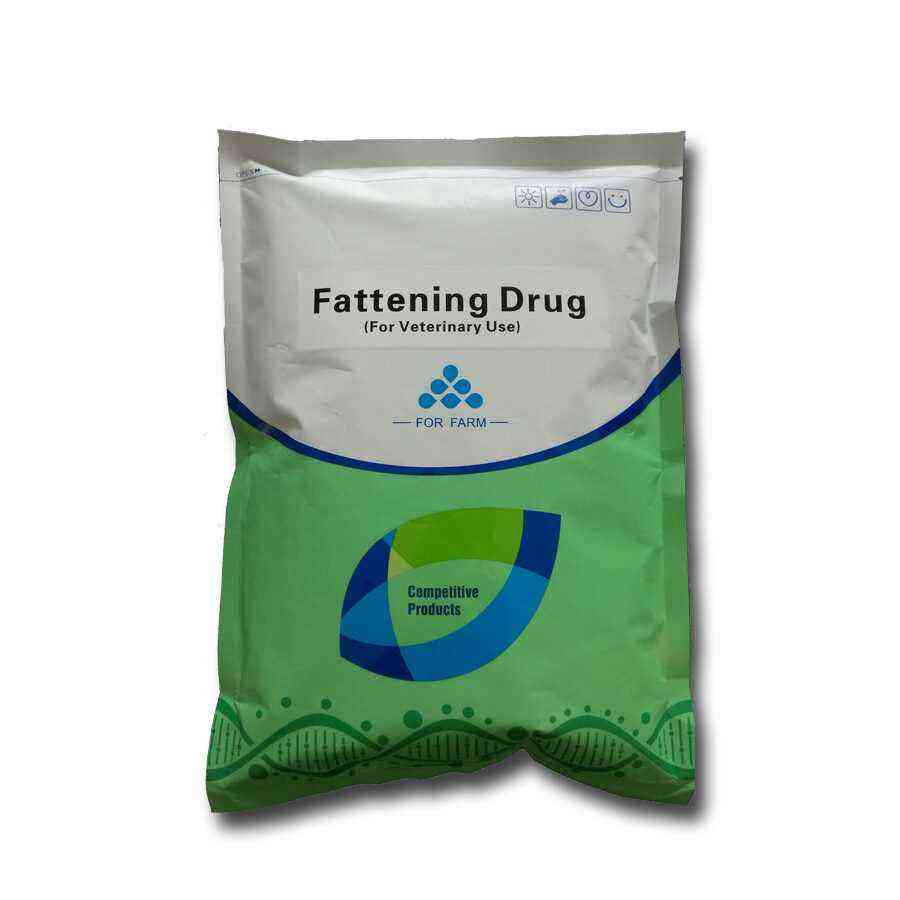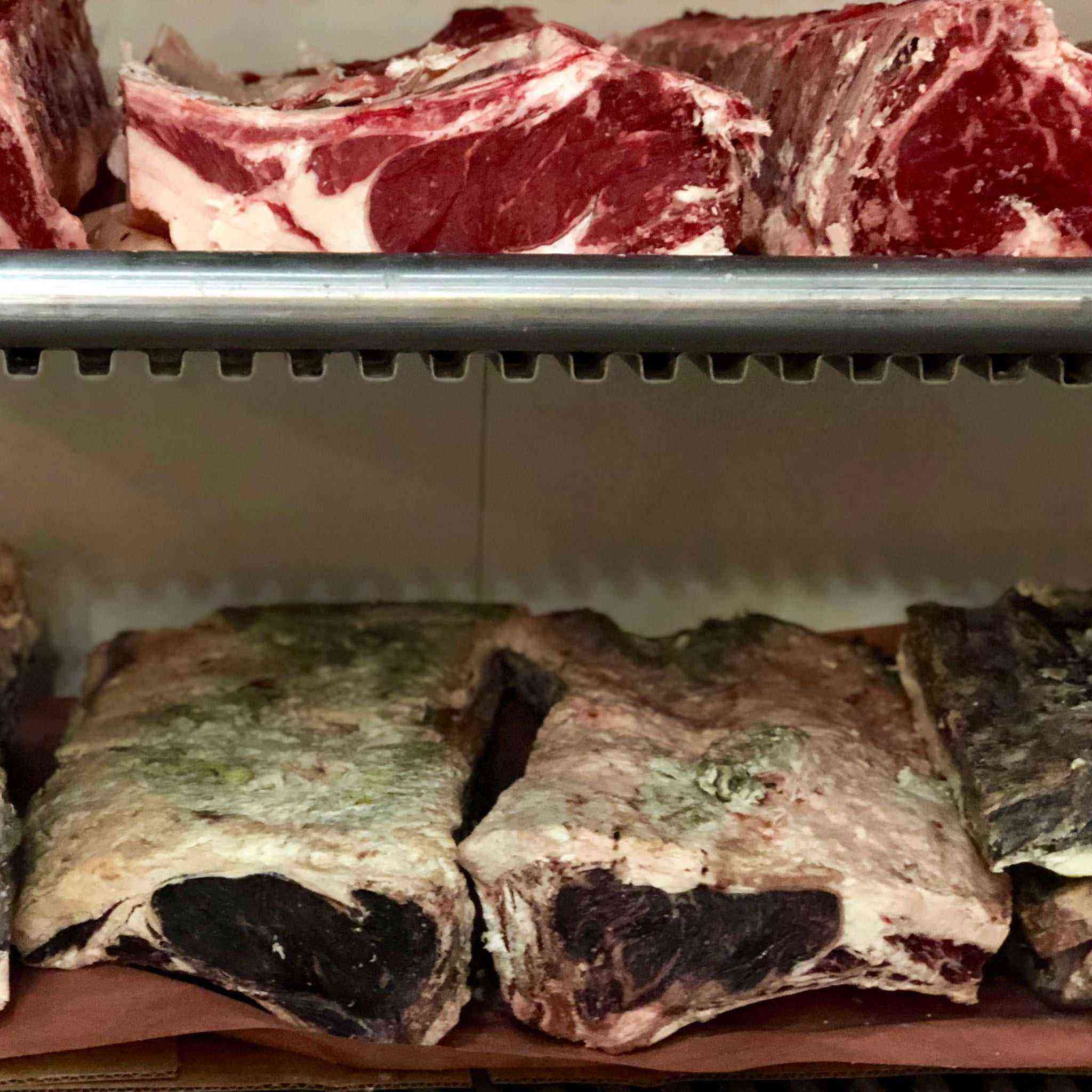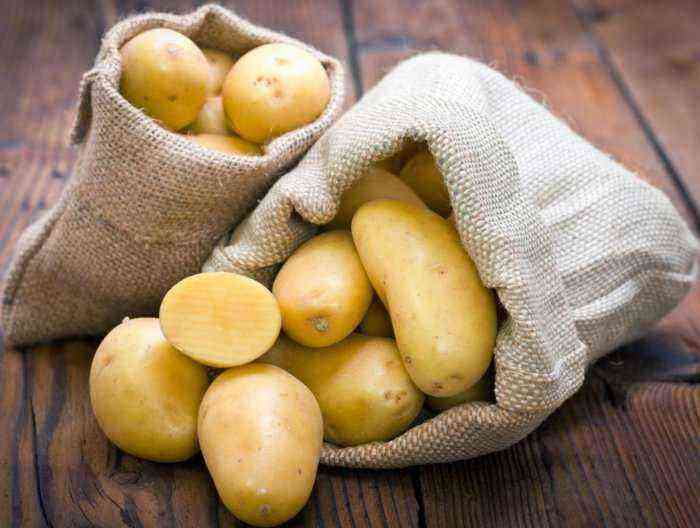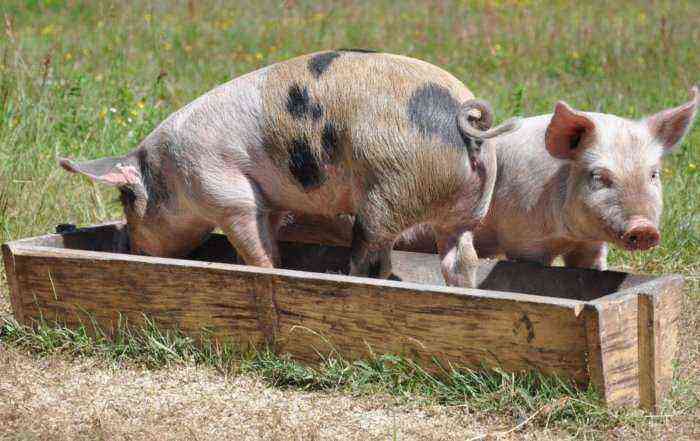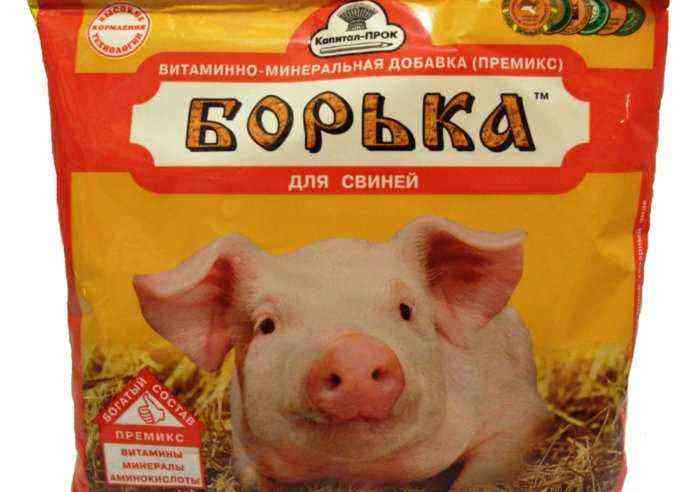Raising piglets is one of the areas of farming. This is a highly profitable business because the pigs quickly gain weight and breed well. With the right business organization, you can get up to 2% profit within 3-1000 years. Before you start breeding pigs, you need to find out what pitfalls this business has, what you will have to face, how to properly raise and feed animals.
Growing piglets
Conditions of detention
Having decided to start raising and breeding pigs, you first have to equip a suitable room where they will live. This may be a barn in the yard or another structure. Consider the basic requirements for its arrangement:
- An area of at least 5m2 is required for each head.
- If you plan to keep no more than 10 heads, it is advisable to equip a separate section of 2×2,5 m for each pig.
- The ceiling height must exceed 2 m.
- Corral windows are desirable. Well, if their total area does not exceed 20% of the wall area.
- It is important to take care of the air flow, heating and additional lighting.
- If a paddock is planned, it is necessary to equip a platform with a canopy, protected from the wind, near the paddock.
- You will need a pit for bathing pigs.
- In the pigsty, a feeding place and a den are equipped, as well as a feeding compartment for dairy pigs.
- To drain manure and urine, the floor is made at an angle, and a restrictor grate is installed at the very bottom.
- The pigsty is equipped with feeders and drinkers.
Attention! It is important to separate a place for farrowing females with offspring – at least 7 m2. This area should be warm and comfortable.
The optimum temperature for keeping pigs ranges from + 16 … + 22 degrees. These animals experience stress if they are very cold, hot or stuffy. In low light, they are also uncomfortable.
It is important to take care of the presence of litter. It is made from straw and hay and is regularly changed to keep it clean.
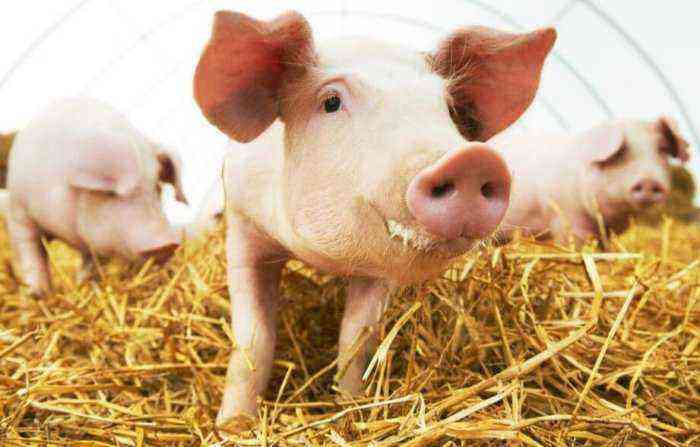
Straw bedding for pigs
Cultivation
After birth, piglets need quality care. They are born without a layer of fat and are very cold. The sow is kept with the cubs in a separate pen, where the light should be placed in advance. If farrowing occurred during the cold season, it is advisable to install a red lamp there to heat the piglets. A dense bedding is laid in the room.
Growing pigs at home can be divided into several periods:
- Birth and lactation period.
- Weaning from the sow.
- Feeding piglets.
Until the age of one month, babies feed on mother’s milk, during this period they are constantly with their mother. At the age of one and a half to two months, they are gradually weaned from the sow. First, the mother is separated into another pen, she is brought to the cubs only for feeding. Then the time of their communication is reduced to nothing.
Starting from 3-4 days after farrowing, lactating pigs need to be given iron supplements, otherwise they will become anemic. Already in the first month of life, babies are introduced to complementary foods – they are given concentrated feed and vegetables in a small amount. On average, a piglet increases its weight by 5 times in the first month of life.
Attention! If there are weak individuals with low weight in one farrow, they are kept in a separate pen. For them, a special scheme of enhanced nutrition is being developed.
Caring for pigs includes taking care of their health. It is important to vaccinate livestock on time to protect against infectious diseases. Piglets should be periodically examined for poor health. If alarming symptoms are detected – diarrhea, coughing, sneezing, spots on the body, lack of appetite, sick individuals are immediately separated from the herd.
At the age of 2 months, some piglets are selected to replace those who have left the herd. They are called renovations. Such individuals must weigh at least 18 kg, be healthy, active. Later, the strongest and heaviest are selected from the selected individuals. They are then used for reproduction.

replacement piglets
Feeding scheme
Piglet care includes proper feeding. Starting from birth, it is important to pay a lot of attention to this aspect, because the diet of pigs depends on their health and weight gain. Despite the fact that suckling piglets receive mother’s milk until the age of one month, from the fifth day after birth they need to be accustomed to solid food.
Feeding suckling piglets
2 weeks after farrowing, the sow’s milk production is reduced, and growing babies require more nutrients. Little by little they introduce into their diet:
- Premixes from bone and fish meal and chalk.
- Juicy feed is introduced from the age of ten. They give grated carrots, a little later – beets and pumpkin.
- At the age of 3 weeks, boiled potatoes are introduced into the diet.
Reference. There are still not enough enzymes in the intestines of suckers to digest coarse food, so they are given to drink acidophilic yogurt.
Feeding after weaning
Weaning is carried out when the piglets reach the age of 1,5 months. According to most farmers, this is the optimal time. The sow is separated from the babies and brought to them in the pen only for feeding. The frequency of meetings between the mother and children is gradually reduced in order to reduce lactation. So that milk stops coming, succulent feed is removed from the sow’s diet.
In the first 3 weeks after weaning, piglets are fed 4 times a day, and then – three times a day. During this period, there is an intensive growth of the skeleton, and therefore it is important to include more protein in their diet in the form of bone, fish meal, curdled milk, low-fat milk.
The feeding scheme for piglets looks something like this:
- the diet includes up to 80% concentrates;
- vegetables and root crops – about 10%;
- legumes (in the form of flour) – no more than 5%;
- bone meal, fish meal – 5%.
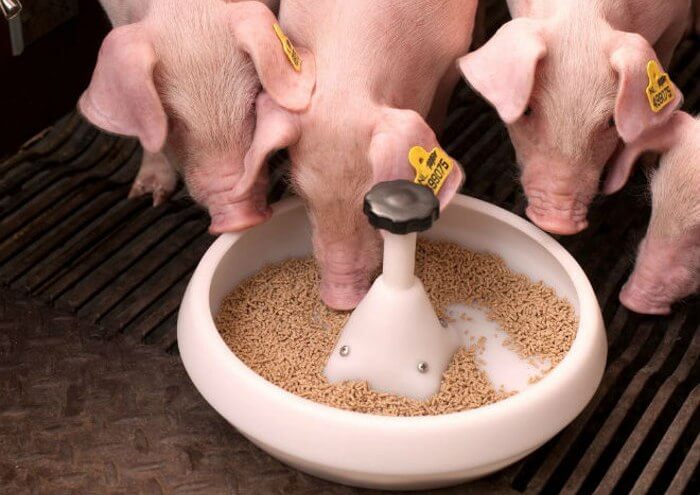
Feeding piglets
Nursing nutrition
When piglets gain weight around 22-25 kg, the feeding pattern changes. Now a growing body needs more vitamins. Fresh grass is introduced into the diet of gilts, the amount of vegetables is increased. The grass is offered not only fresh, but also steamed, after which it is mixed with concentrates and root crops.
Types and schemes of fattening
There are three types of fattening pigs:
- for meat;
- of bacon;
- to fat.
The first option is considered the most profitable and requires strict adherence to the rules of feeding. Mistakes in nutrition will certainly lead to a deterioration in the quality of meat.
meat fattening
Lean meat is obtained when piglets gain weight up to 100 kg or more. Some farmers prefer to slaughter pigs for meat when they reach a mass of 120-130 kg, then the yield increases to 85%.
For meat fattening, young animals are used, the weight of which has already exceeded 30 kg. For reproduction, females and males of highly productive breeds are selected. Meat fattening is divided into 2 periods:
- Preparatory.
- Final.
The first fattening period is longer than the second. It lasts up to about 5 months. The final stage of fattening for meat lasts about 1-1,5 months. During the preparatory stage, pigs should gain about 500 grams per day, and at the final stage of fattening, about 750 grams daily.
During the preparatory stage of fattening, 30% of the diet of piglets is succulent feed and root crops. That is why it is good if this period of time falls on late spring or summer. 70% of the feed is concentrates. At the second stage of fattening, the proportion of concentrated feed is increased to almost 90%. Every day, the pig menu should include at least 100-115 grams of protein, as well as vitamin and mineral supplements, amino acids – tryptophan, lysine, etc.
Attention! A month before slaughter, millet, fish, soybeans, and bran are excluded from the pig menu. These additives adversely affect the taste of meat.
Fattening for bacon
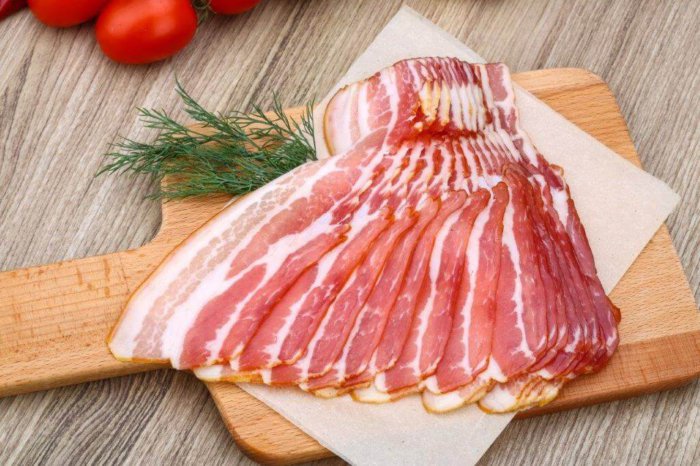
Bacon
Bacon fattening begins at the age of 2,5-3 months, when piglets gain weight of about 25 kg. Males are castrated. To obtain tender and juicy meat with a thin layer of fat, it is important not only to properly feed the pigs, but also to walk them regularly. Walking improves metabolism and increases the appetite of animals. Barley must be included in the diet. It improves the quality indicators of meat – color, taste and texture.
In the first half of the bacon fattening period, farmers aim to achieve a daily weight gain of 450 grams. At the final stage (in the last 3 months), the pig must gain at least 600 grams per day. At this time, the diet does not include foods that worsen the taste of meat – soy, fish and fishmeal, millet and bran.
Scheme of bacon fattening for a day:
- green fodder – 3 kg;
- concentrates and reverse – up to 1,5 kg;
- about 2 kg of root crops and vegetables;
- salt, mineral and vitamin supplements.
The technology of growing pigs for lard differs from the two previously discussed. Let’s discuss it further.
Fattening
For fattening, pigs are taken for lard, which have already gained weight of 100 kg. With proper feeding, the mass of such animals will double, while the meat yield will be about 40%.
The diet of pigs raised for lard is dominated by carbohydrate foods:
- corn;
- potatoes;
- wheat;
- root crops – carrots, beets;
- millet.
An approximate scheme for feeding pigs for lard:
- green fodder – up to 4 kg per day;
- concentrates – 3 kg;
- potatoes, pumpkin – 3,5 kg;
- salt, mineral and vitamin supplements.
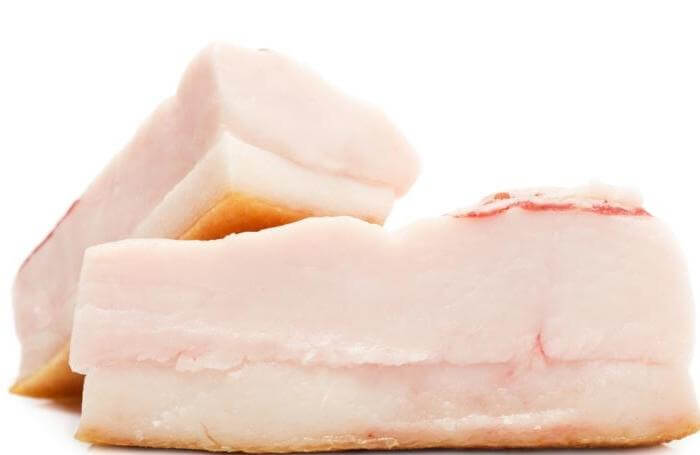
Lard
With such nutrition, at the end of the fattening period, the body of the pigs acquires rounded shapes, they move little, and their ribs and shoulder blades are not palpable. The normal daily weight gain for fat fattening is about 1 kg.
Attention! Animal drinkers should always have fresh water in sufficient quantities.
Raising piglets is a profitable business, but it requires certain knowledge from the farmer. It is important to immediately decide what type of animal fattening will be used in order to get the expected result. Having decided to start pig breeding, it is worth making efforts and investing in arranging the premises for keeping animals, providing them with heat and proper ventilation. Otherwise, the business may crack due to pet diseases.
